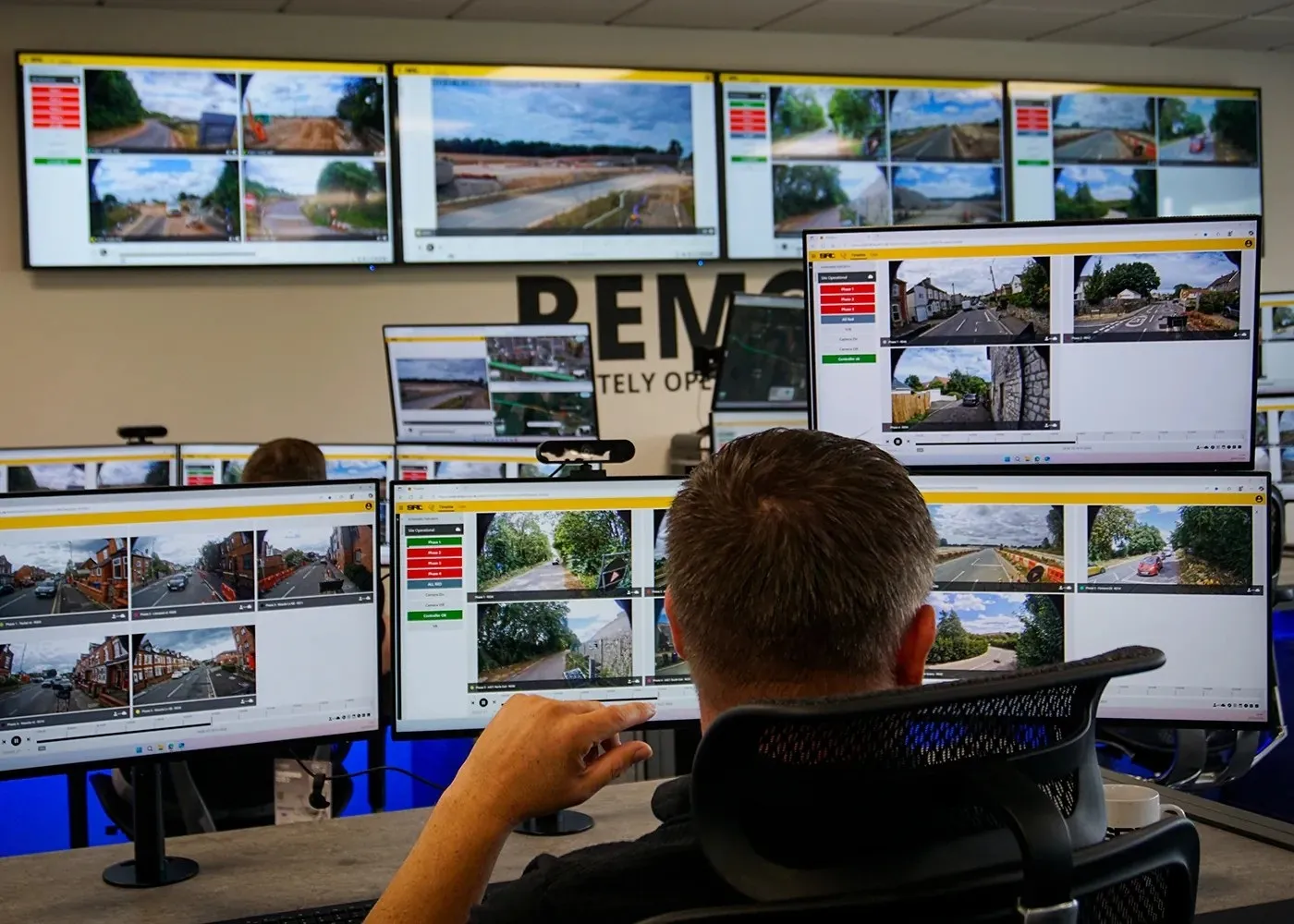French wireless technology specialist HIKOB is to supply the city of Troyes, France, with wireless vehicle detection and weather monitoring systems to optimise traffic signal control and road winter service operations, replacing the old in-ground loop detection system.
HIKOB says its sensors offer a dual functionality: they can be configured to collect either traffic data or road surface to power both advanced urban traffic management and road weather monitoring.
HIKOB wireless sensors for vehicle det
June 15, 2016
Read time: 1 min
French wireless technology specialist 8334 HIKOB is to supply the city of Troyes, France, with wireless vehicle detection and weather monitoring systems to optimise traffic signal control and road winter service operations, replacing the old in-ground loop detection system.
HIKOB says its sensors offer a dual functionality: they can be configured to collect either traffic data or road surface to power both advanced urban traffic management and road weather monitoring.
HIKOB wireless sensors for vehicle detection communicate real-time data to the traffic management centre. The data is then analysed with advanced real-time algorithms that generate key indicators that are sent to the remote traffic light controllers to adapt green times and to improve traffic flows.
The sensors can also provide real-time information on road surface temperature, enabling winter service operators to schedule road clearing operations during snowy or icy periods.
HIKOB says its sensors offer a dual functionality: they can be configured to collect either traffic data or road surface to power both advanced urban traffic management and road weather monitoring.
HIKOB wireless sensors for vehicle detection communicate real-time data to the traffic management centre. The data is then analysed with advanced real-time algorithms that generate key indicators that are sent to the remote traffic light controllers to adapt green times and to improve traffic flows.
The sensors can also provide real-time information on road surface temperature, enabling winter service operators to schedule road clearing operations during snowy or icy periods.









